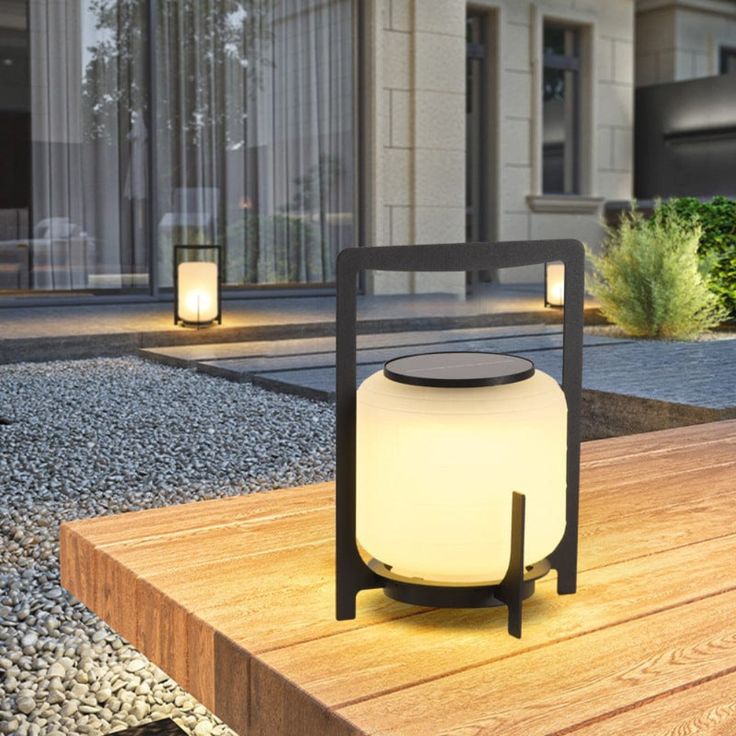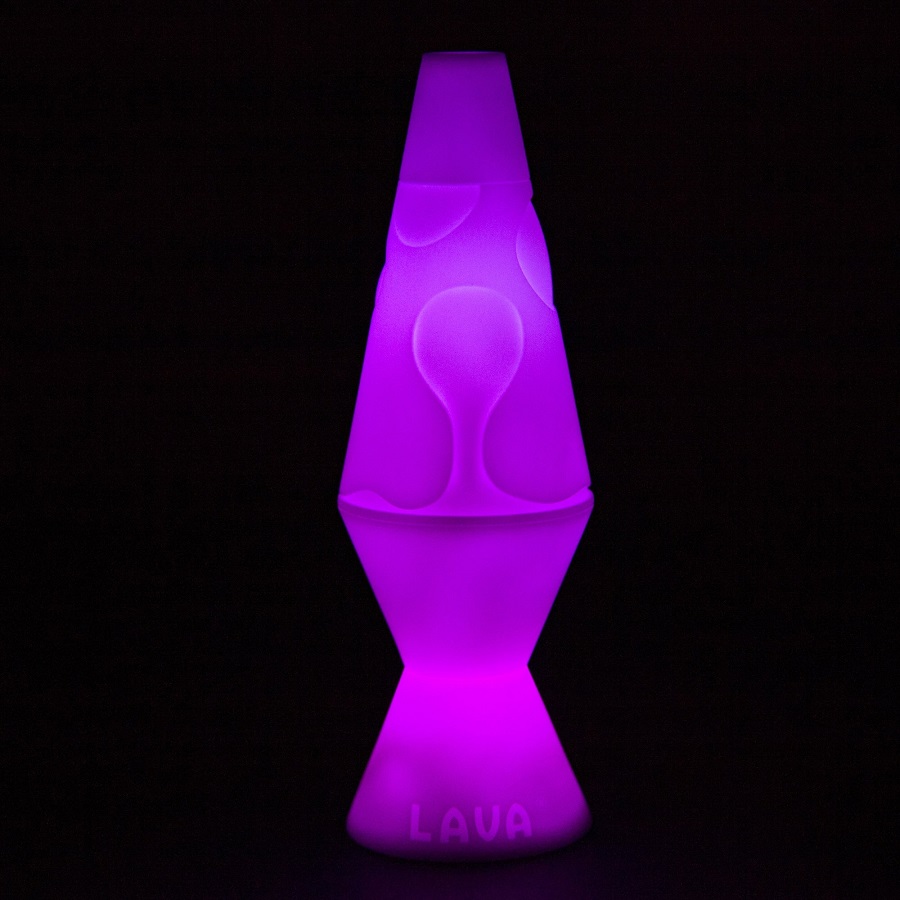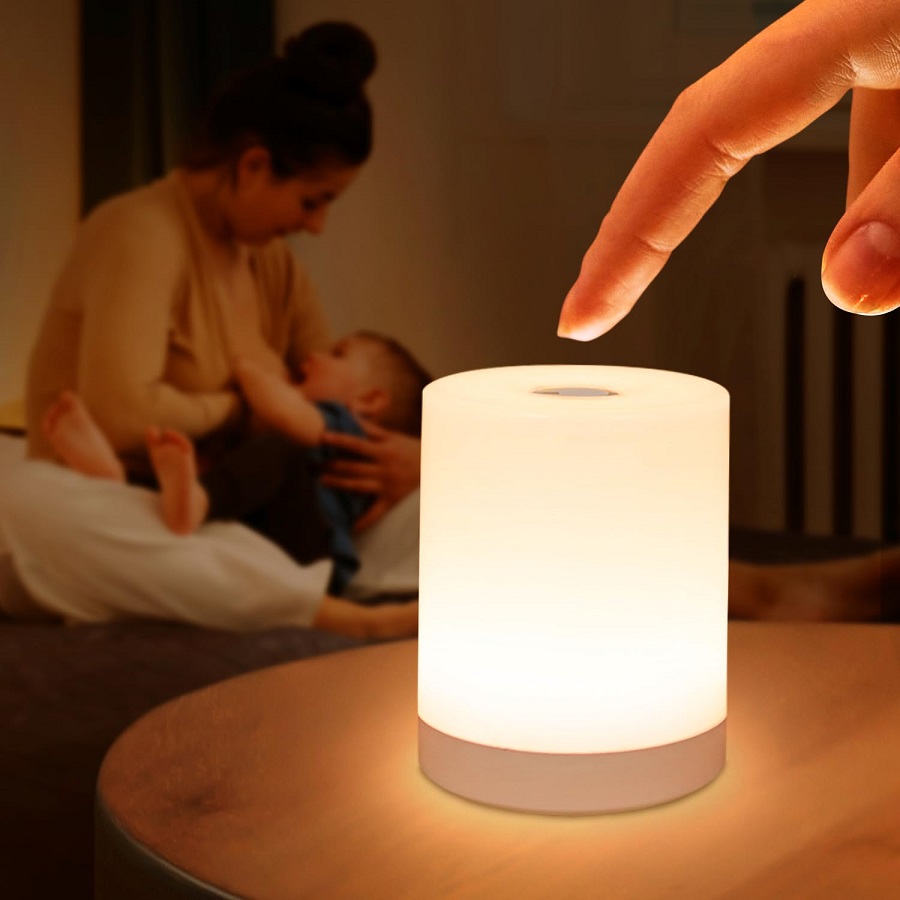 Introduction:
Introduction:
what led light color helps with sleep?
LED lights have become a popular lighting choice due to their energy efficiency and versatility. However, not all LED light colors are created equal when it comes to their impact on sleep quality. Certain colors can disrupt sleep patterns, while others promote relaxation and restfulness. In this comprehensive article, we will explore the relationship between LED light color and sleep, focusing on the colors that are known to help with sleep. By understanding the impact of different LED light colors, you can create a sleep-friendly environment that supports a restorative and rejuvenating sleep experience.
Common classifications of LED light colors
LED lights come in a variety of colors, which are classified into several categories based on the color characteristics. Here are the common classifications of LED light colors:
Warm White:
Warm white LED lights emit a soft, yellowish-white light that resembles the warmth of traditional incandescent bulbs. They typically have a color temperature ranging from 2700K to 3000K and are commonly used in residential settings, creating a cozy and inviting atmosphere.
Cool White:
Cool white LED lights produce a bright, bluish-white light that resembles natural daylight. They have a higher color temperature, typically ranging from 4000K to 6000K, and are often used in commercial or task-oriented environments for enhanced visibility and clarity.
Daylight:
Daylight LED lights mimic the illumination of natural daylight, providing a crisp and neutral white light. They have a color temperature around 5000K to 6500K and are suitable for applications where accurate color representation and high visibility are crucial, such as in art studios or offices.
RGB:
RGB (Red, Green, Blue) LED lights are designed to produce a wide spectrum of colors by combining red, green, and blue light. These lights are often used for decorative or accent lighting purposes and can be programmed to create various color variations or dynamic lighting effects.
Tunable White:
Tunable white LED lights allow for adjustable color temperatures, offering a range of warm to cool white light options. These lights are suitable for applications where the desired lighting ambiance can be customized based on specific activities, such as in restaurants, hotels, or residential settings.
Colored LED Lights:
Besides the standard white light options, LED lights are also available in various vibrant colors like red, blue, green, yellow, and more. These colored LED lights are commonly used for decorative lighting, display purposes, or to create mood lighting effects.
LED light color classifications are essential considerations in selecting the right lighting for different environments, as they affect the atmosphere, visibility, and desired lighting effects.
The Science of Circadian Rhythm
Circadian Rhythm:
The circadian rhythm is the body’s internal clock that regulates the sleep-wake cycle.
It is influenced by external factors, such as light exposure, which can either promote wakefulness or support sleep.
Melatonin Production:
Melatonin is a hormone that plays a crucial role in regulating sleep.
Its production is influenced by the level of exposure to light, especially blue light.
Blue Light and Sleep Disruption
On Circadian Rhythm:
Blue light has the shortest wavelength and the highest energy among visible light.
It suppresses melatonin production, making it difficult to fall asleep and maintain a deep sleep state.
Sources of Blue Light:
LED lights, particularly those with a high color temperature (above 5000K), emit a significant amount of blue light.
Electronic devices, such as smartphones and tablets, also emit blue light.
 LED Light Colors that Help with Sleep
LED Light Colors that Help with Sleep
Warm White Light:
Warm white LED lights (color temperature around 2700K) emit a soft, yellowish light that mimics the warm glow of sunset.
This color promotes relaxation and helps signal the body that it is time to wind down for sleep.
Soft Amber Light:
Soft amber LED lights (color temperature below 2000K) emit a warm and soothing glow.
This color promotes relaxation and can help prepare the body for sleep.
Strategies for Sleep-Friendly Lighting
Adjusting Light Intensity:
Dimming the lights in the evening signals your body to prepare for sleep.
Use dimmers or choose adjustable LED lights to create a gradually dimming environment as bedtime approaches.
Using Smart Lighting Systems:
Smart lighting systems allow you to adjust the color and intensity of your LED lights.
Program your lights to automatically shift to warmer and dimmer settings in the evening, supporting your sleep-wake cycle.
 Additional Tips for Optimal Sleep Environment
Additional Tips for Optimal Sleep Environment
Reduce Evening Light Exposure:
Limit exposure to bright and blue light-emitting devices, such as smartphones and computers, in the evening.
Use software filters or blue light-blocking glasses to minimize the impact of blue light on melatonin production.
Establish a Bedtime Routine:
Develop a consistent bedtime routine that includes dimming the lights, engaging in relaxation techniques, and avoiding stimulating activities before sleep.
Here are some maintenance tips for LED lights:
What led light color helps with sleep?
Maintaining LED lights is relatively easy, and proper maintenance can help extend their lifespan and ensure optimal performance. Here are some maintenance tips for LED lights:
Cleaning:
Regularly clean the LED light fixtures to remove dust, dirt, or any other debris that may accumulate on the surface. Use a dry or slightly damp microfiber cloth to gently wipe the surface. Avoid using harsh chemicals or abrasive materials as they can damage the light.
Avoid Overheating:
LED lights are heat-sensitive, so it’s important to prevent excessive heat buildup. Ensure the fixtures are properly installed, allowing for adequate airflow around the light. Avoid covering the light with materials or placing objects that can block the heat dissipation.
Handle with Care:
When installing or replacing LED lights, handle them with care to avoid any physical damage. Be mindful of not touching the LED chips directly, as the oils from your skin can affect their performance. Use gloves or handle the lights by their plastic or metal components.
Check for Loose Connections:
Periodically inspect the connections between the LED lights and the power source to ensure they are secure and properly connected. Loose connections can cause flickering or dimming of the lights. If you notice any loose connections, gently tighten them or seek professional assistance if needed.
Avoid Voltage Fluctuations:
Voltage fluctuations can negatively impact the lifespan and performance of LED lights. Install surge protectors or voltage regulators to safeguard against sudden spikes or drops in voltage. This can help maintain a stable power supply to the LED lights.
Follow Manufacturer’s Guidelines:
Always follow the manufacturer’s instructions and guidelines specific to your LED lights. They may provide additional maintenance recommendations, such as cleaning methods or specific intervals for replacing components like drivers or power supplies. Adhering to these instructions can ensure proper maintenance and performance of the LED lights.
By following these maintenance tips, you can help maximize the lifespan and efficiency of your LED lights. Regular cleaning, proper handling, and ensuring stable power supply are key to maintaining their performance and enjoying their benefits for an extended period.
 Conclusion:
Conclusion:
What led light color helps with sleep?
The color of LED lights can significantly impact sleep quality by affecting the body’s production of melatonin and regulating the sleep-wake cycle. By understanding the effects of blue light and recognizing the benefits of warm white and soft amber LED lights, you can create a sleep-friendly environment that supports restful and rejuvenating sleep. Implement strategies such as adjusting light intensity, using smart lighting systems, reducing evening light exposure, and establishing a bedtime routine to optimize your sleep environment. By prioritizing sleep-friendly lighting, you can enhance your sleep quality and overall well-being.




